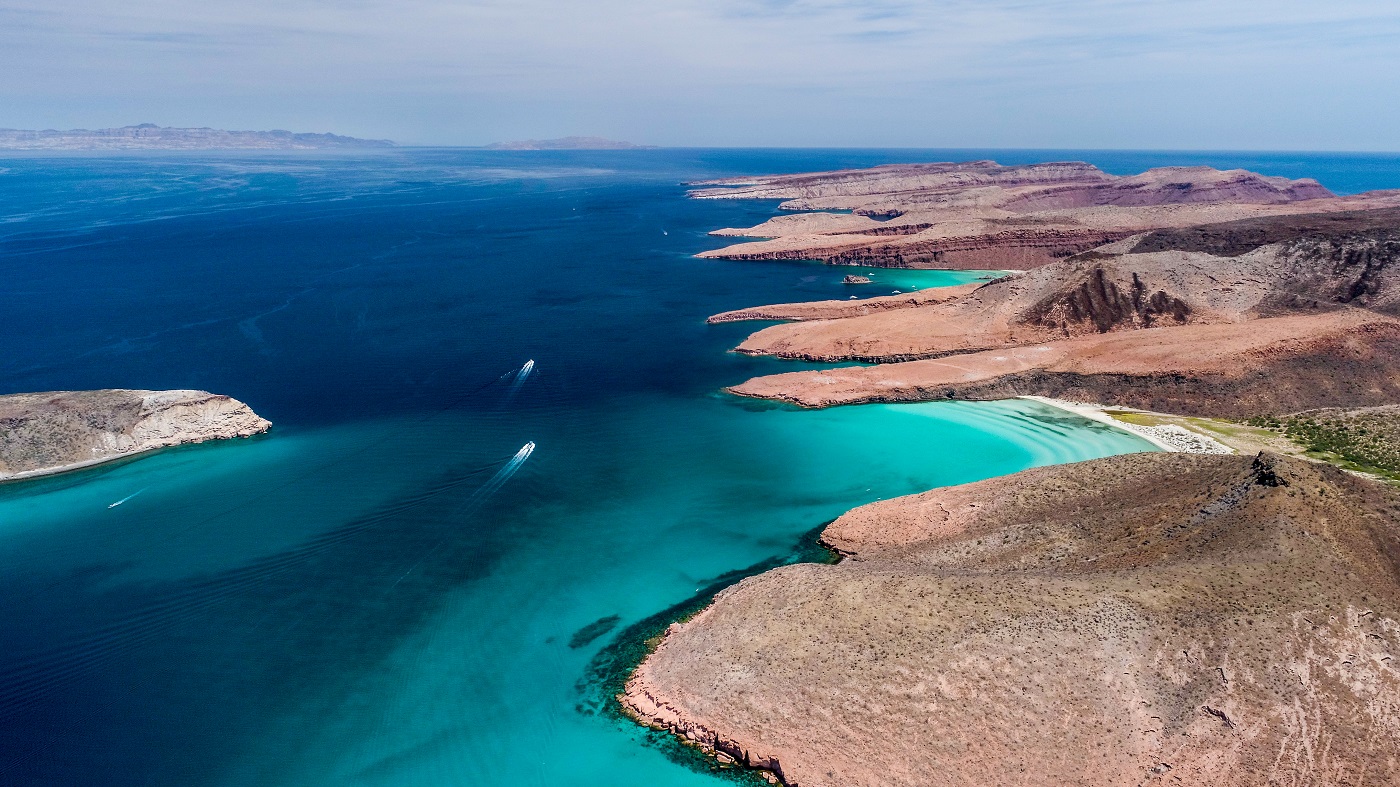
The Sea of Cortez
The Sea of Cortez, also known as the Gulf of California, is a biologically rich body of water located between the Baja California Peninsula and the mainland of Mexico. The sea covers an area of approximately 160,000 square kilometers and is home to an incredible array of marine life.
The Sea of Cortez is renowned for its biodiversity, which is among the highest in the world. The sea is home to over 900 species of fish, 32 species of marine mammals, and 5 species of sea turtles, making it a haven for wildlife enthusiasts and marine biologists alike.
Eco-tourism is a hallmark of the inside Sea of Cortez due primarily to the large numbers and variety of marine life including 21 species of dolphins, 9 species of whales, and the largest fish in the world, the incredible whale shark.
In addition to its incredible marine life, the Sea of Cortez is home to a number of unique geological formations, including volcanic islands and coral reefs. The sea's unique geology has led to the development of several endemic species, which are found nowhere else in the world.
Despite its ecological importance, the Sea of Cortez is facing threats, including overfishing, pollution, and climate change. Unsustainable fishing practices, such as the use of gillnets, have led to the decline of several species, including the vaquita and the totoaba, a critically endangered fish that is prized for its swim bladder.
Efforts are underway to protect the Sea of Cortez and its unique ecosystem. In 2005, the sea was designated a UNESCO World Heritage Site, and in 2019, the Mexican government announced a two-year ban on the use of gillnets in the vaquita's habitat. These measures, along with increased awareness and conservation efforts, are crucial for the long-term survival of the Sea of Cortez and its remarkable inhabitants.
We are Baja Charters
Follow Us on Social Media